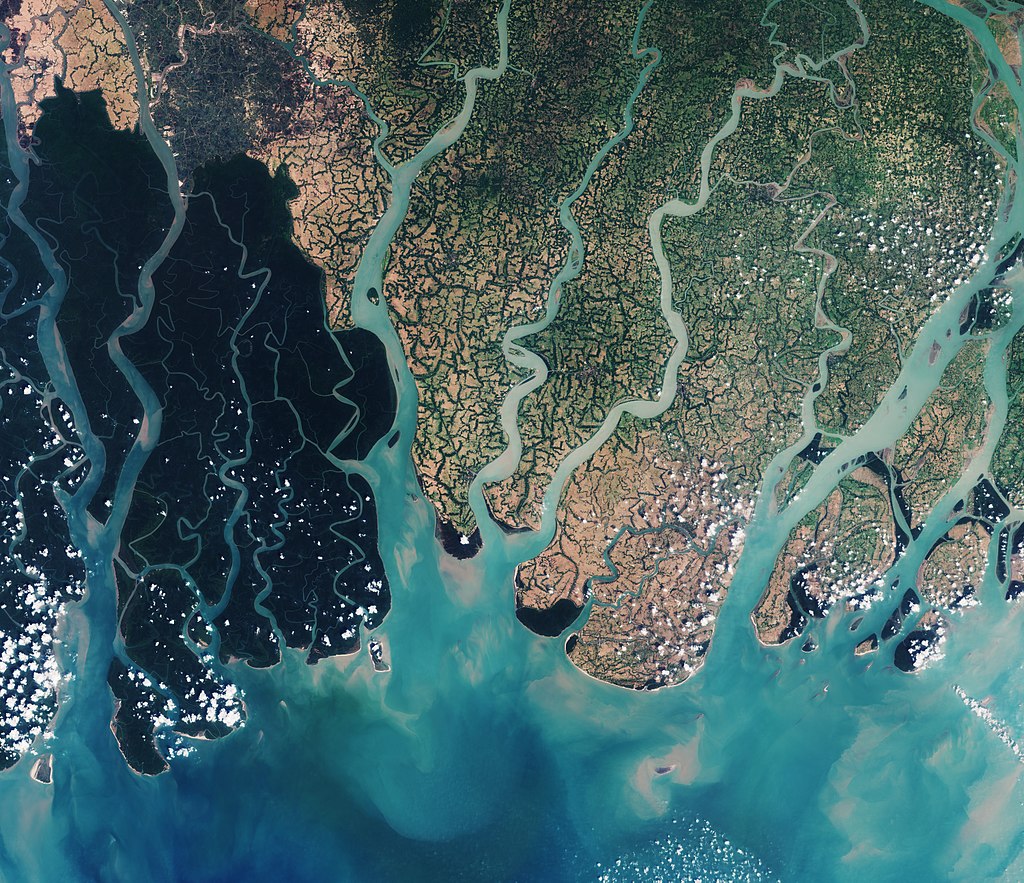As sea levels climb and weather grows more extreme, coastal regions everywhere are facing a creeping threat: salt.
Salinization of freshwater and soils adversely affects 500 million people around the world, especially in low-lying river deltas.
A new study led by researchers at the University of Portsmouth, in partnership with Dhaka University and Curtin University, sheds light on how rising oceans are pushing saltwater into freshwater rivers and underground water sources in the world’s largest river mouth – the Bengal Delta in Bangladesh.
Drawing on nearly two decades of data from over 50 monitoring stations in coastal Bangladesh, the team tracked a consistent rise in salt levels in rivers and estuaries, particularly since the mid-2000s.
The western parts of the delta, already more prone to tidal influence, showed the fastest increases in salinity. The data suggests that the combination of sea-level rise, reduced freshwater flow, and increasingly frequent storm surges are all contributing to the inland movement and retention of saltwater.
Since around 2007, many parts of the delta have experienced stepwise increases in salinity, often linked to powerful storms like Cyclone Sidr. These changes can devastate crops, erode food security, and force communities to move. While the analysis focused primarily on environmental data, it underscores how salinity intrusion is increasingly a threat to livelihoods, public health, and regional stability.
The study, published in Ecological Indicators, uses one of the most detailed and long-running salinity datasets in any delta system worldwide. It applied advanced statistical methods to distinguish long-term trends from short-term weather or seasonal changes.

